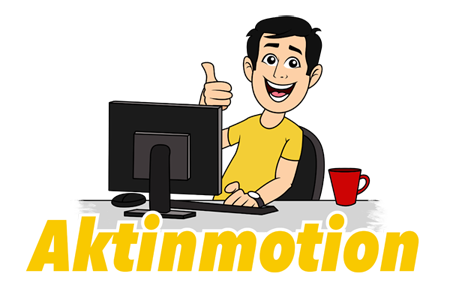DJ controllers are made as to the physical interface for DJ software. They help to give you external control of the software and, also help to simplify tasks like changing BPM, tweaking FX, editing and changing cues, and syncing tracks and others.
The software platform that you choose to run with your controller will determine what you will be and won’t be able to do.
Manufacturers today are taking away the luxury of having to choose which software to run, with DJ controllers made to be used with specific software.
Even though there are controllers that are available that you can still use with other software, those controllers will work best when they are used with their recommended software.
But there is still software that you can use with any DJ controller of your choosing, with Serato being the most notable of them all. But you want to make sure that you avoid using software that is not recommended for the controller as that would raise digital latency issues.
If the software is an important factor for you, you would need to do your research and only buy your controller after you have determined the software it has the tightest integration with.
Scratching for most DJs involves speeding, pausing, slowing, and, also reversing a record so as to alter how it sounds when it is played.
The jog wheel, which is the digital emulator of the turntable platter, needs to be responsive, having a natural feel to it. The cross-fader should be this way, too.
MUST READ: Best DJ controllers for scratching
This is quite vital for avoiding latency issues, which is quite a common problem with digital controllers.
As you might imagine, for a jog wheel to be able to emulate the natural feel and experience of scratching an actual spinning record, there are a lot of things that would need to come together.
The feature you would look for here is the jog wheel tension adjustment. And you should know that only a select few controllers come with this functionality.






